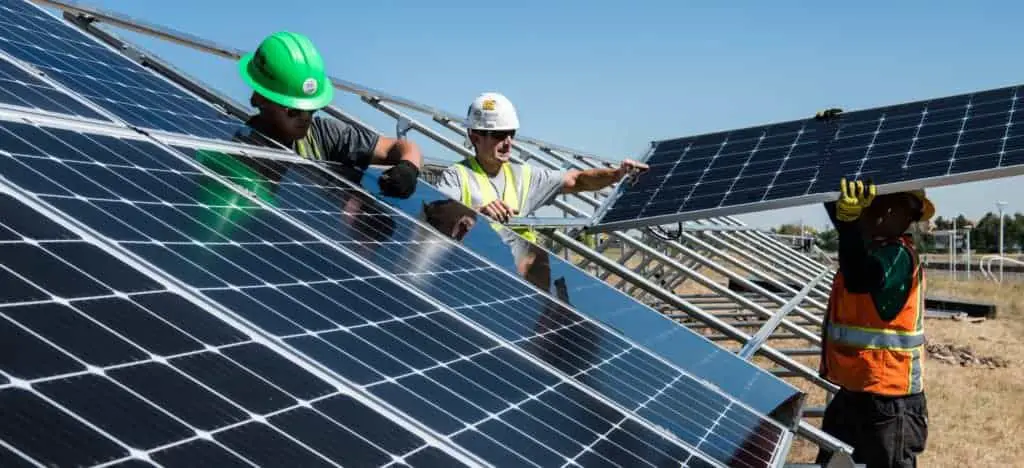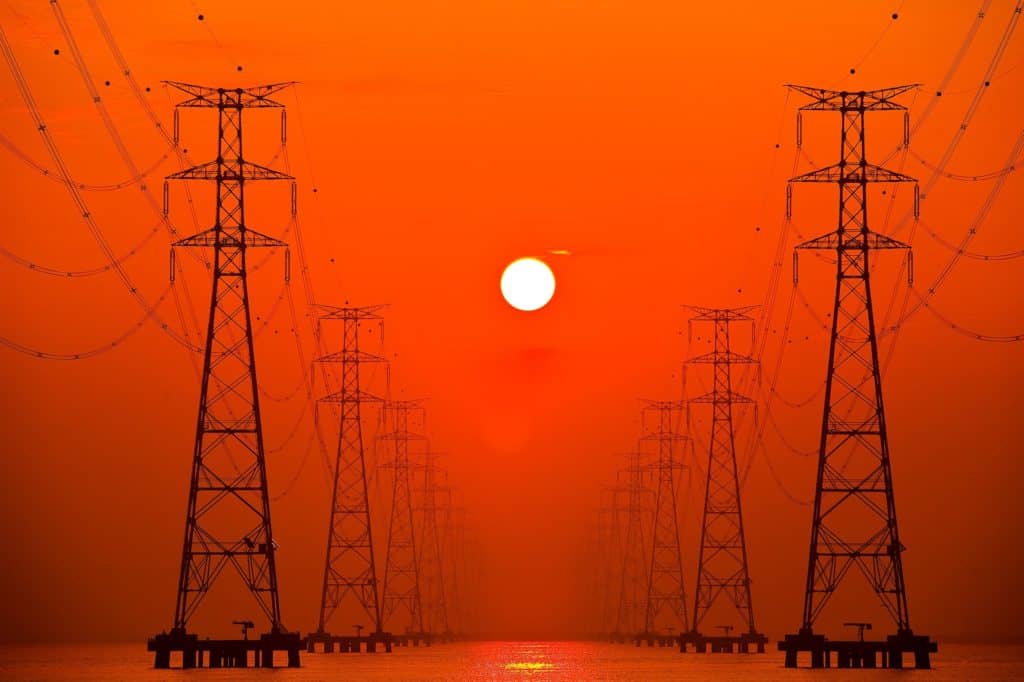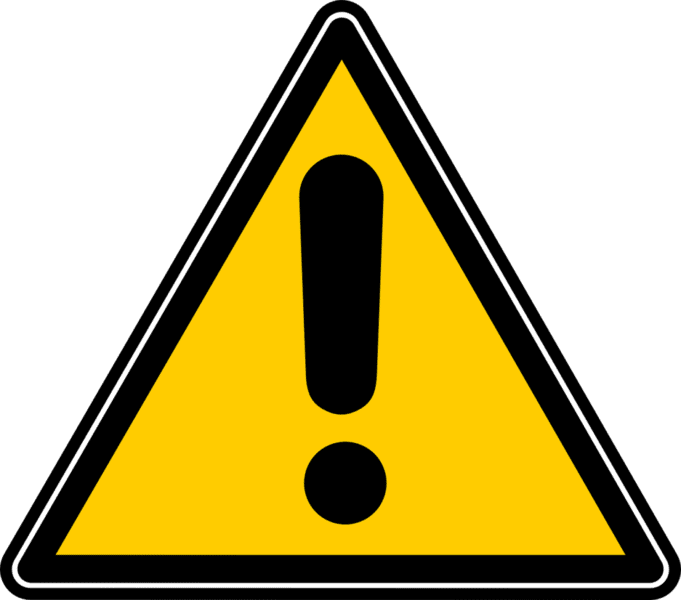
I was looking through Quora a few days ago and was caught-up with a question asked by someone anonymous. The-question reads; when were solar panels invented? It took a bit of a while before another colleague presents a brief answer, which I believe he had copied from Google.
I find it quite interesting since I know what solar panels are, what they do, and so forth, but when was it invented? This question motivates me to research it and write this helpful blog.
When Were Solar Panels Invented? French physicist Edmond Becquerel found the photovoltaic impact in 1839 while exploring different avenues regarding a cell made of metal terminals in a conducting solution. He noticed that the cell created greater power when presented to light.
Everywhere in the world, solar panels are sensibly priced. It is because an ever-increasing number of individuals is going to the utilization of solar energy. Edmond Becquerel, born in Paris, is a French physicist who zeroed in his investigations on the solar spectrum, magnetism, electricity, and optics.
On a side note! If you’re in need of a reliable and high-performance portable solar panel, We strongly recommend the Jackery SolarSaga 100W Portable Solar Panel (Amazon Link).
With a high conversion efficiency and foldable design, this solar panel is easy to transport and set up, making it perfect for outdoor activities like camping, hiking, and RV trips.

The US solar cell technology used in this panel ensures that you get the most efficient and reliable solar charging possible.
There is also a 60W option that is more affordable (Amazon Link)
In 1839, he found the photovoltaic impact, the working standard of the solar cell. Solar power innovation is not a new turn of events. The utilization of solar-power innovation goes back to the mid-1800s and during the industrial revolution when solar energy-plants have been-established.
The purpose is to warm water and to create steam and powering apparatus. The initial use of solar power included harnessing the suns’ energy through an amplifying glass to light fires for cooking.
By the third century, Greeks and Romans bobbed sunlight off of: “burning mirrors” to ignite holy lights for strict functions. People might have continued using fossil fuels and oils as the source of energy; besides, discovering the photovoltaic-effect has eased the cost and effort by which; Edmond Becquerel deserves a massive thanks.
As the innovation and efficiency of solar cells have expanded, solar power has gotten more well known. Do-It-Yourself solar panels began hitting the market in 2005 and have gotten more prevalent with each new year.
Today, there are numerous approaches to make your solar panels, from assembling a solar panel pack to arranging a solar exhibit.
Also check out How much do Portable Solar Panels weight?
How Do Solar Panels Work?

A solar panel is; made out of cells known as photovoltaic cells. The PV cells lie between layers of silicon-which is a semiconducting material. These layers of silicons are stuck facing each other. These layers produce electric fields when hit by photons from the sunlight.
It charges as indicated by the electronic properties of each layer. The entire interaction is known as the photovoltaic effect. Through which currents are-created, and subsequently, produces electricity.
The flow of power delivered by solar panels is a direct current. The direct-current should be changed over to an alternative current before, it very well may be moved to homes, and this is the place where an inverter proves to be useful. The inverter changes direct current over to alternative current.
Also, check out our post on Which Type Of Energy Is Solar Energy? 4 Main Types !
When Were Solar Panels First Used?
The first solar panel invented was utilized in the early 1950s. The brains behind the silicon solar cell were Daryl Chapin, Calvin Fuller, and Gerald Pearson.
The solar cell invented was only 6% efficient. It all came about after realizing that semiconducting materials like selenium are less efficient compared to silicon.
They managed to invent the first practical device for converting solar energy into electricity. Despite being the first solar cell created, it was expensive for most people. Because combining a couple of cells to make a solar panel and silicon cells are too costly to produce.
Can Solar Panels Replace Fossil Fuel?

As of now, the appropriate response is no. The solar panel yields are still low. The expense is still high contrasted with fossil fuels. The Perovskite Solar cells are a new generation, possibly, later on, will get an opportunity to replace fossil fuels.
Regarding environmental impacts, solar energy is a significantly more ideal asset than fossil fuels. As far as reliable application, coal and petroleum gas have the edge.
The ultimate method to contrast solar energy with fossil fuels is by cost, where solar has immediately found its non-renewable partners. Although, in certain areas, they will add to the fuel source blend (they as of now do). Also, they are 2 to 3 times more costly sources than others.
The primary issue is that sunlight does not shine 24/365, and during those periods, they must be; backed up by different sources or expensive storage units. It is not the innovation but, it is the cost.
Do Solar Panels Work On Cloudy Days?
Solar panels work best when there is sufficient sunlight. The stronger the sunlight, the better the panels generate electricity. However, solar panels respond to the visible light spectrum. When there is enough light to see, the solar panels start generating electricity.
It is a typical myth that solar panels don’t create energy on cloudy days. The amount of energy-produced does not rely upon the sort of solar-panel there is, but how thick the clouds are. On overcast days, solar panels may not work efficiently.
But they will create 10% to 25% of the maximum capacity since noticeable light can enter through the mists. Assume each panel produces 10% to 25% of this maximum capacity, multiply this amount of energy by the number of solar-panels you own; you ought to convey enough energy; to control your home even on an overcast day.
Germany, one of the worldwide pioneers in solar-generated electricity, delivers its power from the desolate sky on cloudy days. The fact of the matter is if Germany can be one of the worldwide pioneers in solar-generated electricity, so can we.
The vast majority of our states are more qualified for solar-created energy than most different nations on the planet.
Do Solar Panels Overheat?
You need your solar panels in direct daylight, right?. But how much sun is too much sun? A few panels do work with less efficiency in too hot temperatures. Solar panels are-tried for efficiency at 77 degrees Fahrenheit, and they are generally proficient around that temperature.
Panels will lose a specific measure of efficiency for each degree over 77 (known as the temperature coefficient figure). In case you’re living in the desert, you might need to choose panels with a superior temperature coefficient.
Thin-film panels are likewise known to work productively in hot temperatures. It’s imperative to take note that your panels will work when they get hot. They may take more time to create a similar measure of power as they do on cooler days. They will attract accumulated to compensate for any shortfall.
What Are The Dangers Associated With Solar Panels?

Although solar energy has been considered efficient, effective, and cleaner than that acquired through conventional generators and force plants: the creation and activity of a solar energy collector panel are neither entirely safe nor biological.
Dangerous Components
Similarly, as with numerous advanced electronic appliances, solar panels have segments and frameworks that can fizzle. That incorporates switches, circuits, and wiring.
If any of these parts fizzle, they need to be replaced quickly with new components that coordinate the board’s principles and prerequisites. Failing to consent to this guideline may bring about harm, including electric stun and fire.
Earthing
For safety procedures, always make sure that your solar panel is grounded. Neglecting such measures can cause your panels high risks of electrical malfunctioning, which lead to damaging electrical devices and even cause a fire.
Earthing is very important since it provides a pathway for faulty currents to pass through the ground, protecting you from electrical shockwaves.
Electrical Shock
Most solar panels today, however, contain modules above 300W. A typical size solar-panel around 300W could have an open-circuit voltage output close to 40 V and current characteristics between 7A and 9A.
Right when you comprehend that 1A could, without doubt, kill you, by then, you realize what could occur for you if you put your hands in the terminal yields of a solar panel.
Toxicity
The process in which each solar panel is, made is intoxicating. There are a lot of toxic waste byproducts that are-exposed to the environment. Byproducts include; silicon tetrachloride, sulfur, and hexafluoride.
Besides, each solar panel is; made of cadmium and arsenic chemical compounds. These compounds are harmful to humans, animals, both wild and domestic, and the environment as a whole.
Fire
Fire is possibly one serious risk with solar panel establishments. Nonetheless, cases identified with a fire brought about by PV exhibits are uncommon.
Fires in solar panel installations could be caused; by faulty wires, installation methodology, or electrical floods. Remember that this is not normal, and it can just occur in solar panel strings; that have a DC voltage of 400VDC or higher. It is not normal; in private PV frameworks.
Are Solar Panels Worth It?
Your electricity bill is the main factor in deciding the amount you will save by going solar. At the point when you go solar, you viably install a small-scale solar panel on your rooftop to supplant the power plant where your utility gets its power.
That implies property holders with high power rates from their utility are the ones who save the most when they change to home solar power. So it does worth it.
In general, French physicist Edmond Becquerel found the photovoltaic impact in 1839 while exploring different avenues regarding a cell made of metal terminals in a conducting solution. He noticed that the cell created greater power when presented to light.
